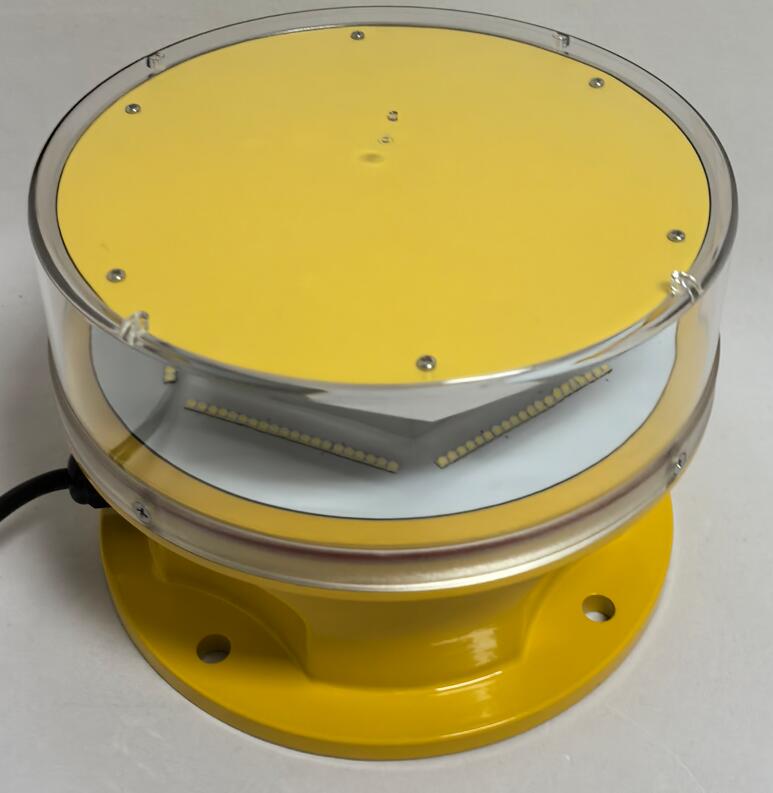Airport Obstruction Lights: The Smart Guardians of Runway Safety
As global air traffic recovers to pre-pandemic levels, airport obstruction lights have evolved from simple visual aids to intelligent safety systems. These critical devices now integrate advanced technologies to protect both manned and unmanned aircraft, ensuring compliance with increasingly stringent international standards.
1. 2024 Regulatory Landscape
Global Standards Update:
ICAO Annex 14 (Amendment 11):
Mandates dual-intensity lighting (L-864/L-865) for all permanent obstacles within 3km of runways

Requires 5G-interference-resistant designs (FAA Advisory Circular 70/7460-2K)
EASA New Rules:
Cybersecurity certification for networked lighting systems
Bird-strike reduction measures (lens coatings, reduced UV emission)
| airport obstruction lights |
Lighting Classes for Airports:
Type Intensity Flash Rate Visibility Range
L-810 32.5 cd Steady 3nm (night)
L-864 20,000 cd 40-60 fpm 5-10nm
L-865 200,000 cd 40-60 fpm 10-20nm
2. Technological Breakthroughs
a) Adaptive Lighting Systems
LiDAR-activated intensity boost (detects aircraft within 5km)
Dynamic flash synchronization (±2ms precision via GPS)
b) Sustainable Solutions
Solar-hybrid units with 96-hour autonomy
Recyclable magnesium alloy housings (85% lighter than steel)
c) Predictive Maintenance
Embedded IoT sensors monitor:
LED degradation (predicts failure 500+ hours in advance)
Lens contamination (triggers self-cleaning cycle)
Power fluctuations (auto-switches to backup)
3. Airport-Specific Applications
Obstacle Type Lighting Solution
ILS Critical Areas Synchronized red/white flashing
Terminal Buildings Zonal lighting with ADS-B triggers
Construction Equipment Wireless temporary markers
Perimeter Fences Low-profile infrared-enhanced units
4. Emerging Challenges & Solutions
a) Drone Traffic Management
New strobe patterns (7-pulse sequence) for UAS visibility
IR markers (850nm) for night vision goggle compatibility
b) 5G Interference
Shielding meets FAA Bulletin 2024-15 standards
Dedicated RF channels for control signals
c) Wildlife Hazards
UV-free LEDs reduce bird attraction by 68% (USDA 2023 study)
Biomimetic lens designs deter nesting
5. Future-Ready Features
LiFi Communication: Transmits obstacle data via light pulses (50Mbps)
Blockchain Maintenance Logs: Tamper-proof service records
AR Assistance: Technicians access repair guides via smart glasses
Implementation Checklist
Conduct obstacle survey (LiDAR recommended)
Select ICAO/FAA/EASA-compliant equipment
Install redundant power systems (grid + battery)
Test synchronization across all units
Register with NOTAM system
Modern airport obstruction lights have transformed into active participants in air traffic management. As urban air mobility expands, these systems will play a pivotal role in preventing collisions while optimizing energy use and maintenance efficiency.
